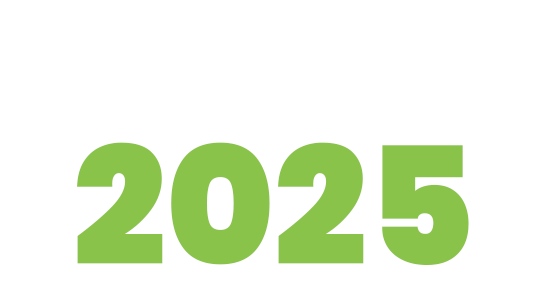
IS26 - Simulation for Additive Manufacturing in Construction
Keywords: 3D printing, Additive Manufacturing, concrete AM, digital twins, Modelling, Novel computational approaches
Over the last decades the construction industry is facing a continuous transformation towards an integrative digitization of planning and processes, up to attempts to develop concepts for digital twins linking models to buildings or infrastructure constructions over their complete lifetime. Additive Manufacturing with its inherent connections between digital models and physical artefacts is an ideal construction process supporting this integrative digitization. In AM, the production of complete constructions or larger components is achieved solely by a digitally controlled layer-by-layer material application without using classical forming processes. This allows to omit formwork but requires special attention to the process of construction.
Simulation for AM in construction needs to face many specific challenges beginning with the demand of modelling industry specific materials like concrete, metal reinforcement, or natural materials like wood or even clay. Not only the final product with e.g. its load bearing capacity or its energetic properties needs to be predicted, but also the construction process with its often complex transient evolution of shape and mechanical properties must be considered. Construction specific shape and topology optimization as well as a close connection of a Building Information Model with a model for the control of industrial robots must be designed, and as-built versus as-designed comparison is often more complex as in other application fields. In many cases a large span of spatial and temporal scales is important, which range from micrometers and seconds to describe local additive processes to hundreds of meters and decades in a lifetime digital twin for infrastructure constructions. Last but not least, verifications play a decisive role.
This invited session shall bring together scientists from construction informatics, architectural design, computational modelling and engineering, robotics and building material sciences with engineers from construction industry and architecture who are interested in discussing opportunities and challenges associated with the fundamental paradigm shifts through AM in construction.

